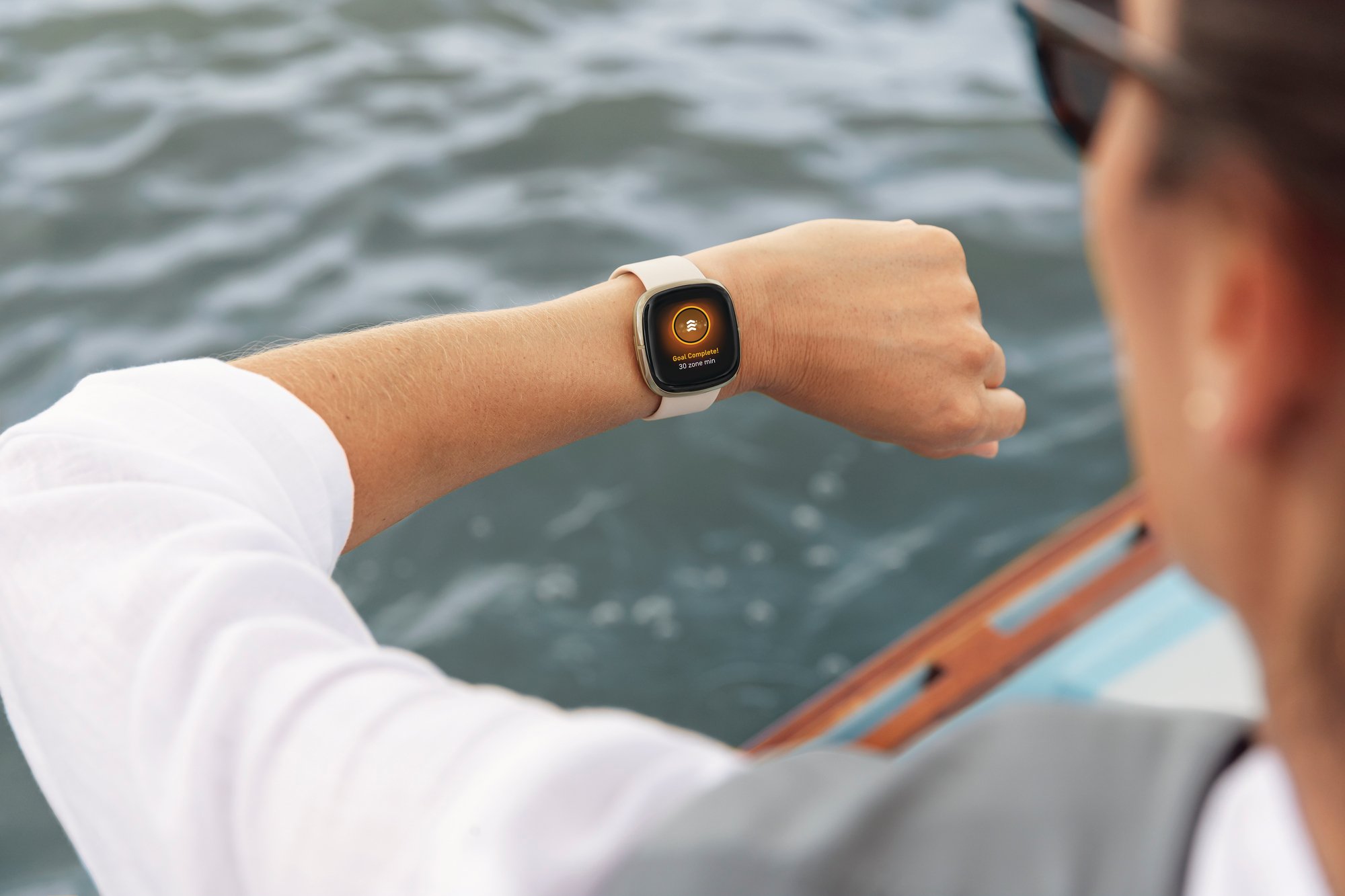Back in September 2015, I predicted that Fitbit (FIT +0.00%) would drop from the $30s back to its IPO price of $20. That happened just a few months later, but the stock subsequently dropped another 70% to just over $5.
That stunning decline was caused by its slowing sales growth, deteriorating margins, and the rapid saturation of the wearables market. The liquidation of its old adversary Jawbone also portends dark days ahead for Fitbit and the fitness tracker market.

Fitbit Blaze. Source: Fitbit.
However, that steep sell-off reduced Fitbit's price-to-sales ratio to just 0.7. So if there's any chance that Fitbit can recover, the stock might be a steal at current prices. Therefore, let's see what Fitbit needs to do to regain its mojo, and whether or not those turnaround plans will work out.
Betting big on smartwatches
In the past, Fitbit shied away from the full-feature smartwatch market, which is currently dominated by Apple (AAPL 0.38%). However, Fitbit recently lost its crown as the world's top wearables maker to Xiaomi and Apple, according to IDC, indicating that it can't survive on basic fitness trackers and sports performance devices alone.

Vector's Luna smartwatch. Source: Vector.
Fitbit's Blaze is its closest thing to a smartwatch, but it isn't tethered to a developer-powered app store and lacks many smartwatch functions. That's why Fitbit bought smartwatch maker Pebble's assets and high-end smartwatch maker Vector over the past year.
Fitbit originally planned to launch its smartwatch in the spring, but that launch was delayed to the fall due to production issues. At the time, the team reportedly struggled with GPS problems and couldn't fully waterproof the device. A recent Bloomberg report also claims that its app store is far from ready, developers aren't interested, and it lost a potential partnership with Spotify. Several members of the smartwatch team also reportedly resigned.
Those developments are troubling because Fitbit's smartwatch is expected to go head-to-head against the Apple Watch 3 this fall. Apple shipped an estimated 11.6 million shipments last year, but the year-over-year growth of the overall smartwatch market is almost flat -- indicating that Fitbit must squeeze its new device into a highly saturated niche market.
All eyes are on Fitbit's production issues
Fitbit had many production problems in the past. The Fitbit Force was recalled in 2014 due to skin irritation and rashes, and users complained about similar problems with a "limited percentage" of Charge and Surge devices the following year.
Last year, Fitbit was sued over the accuracy of the heart rate tracking of its PurePulse technology. A Flex 2 exploded and burned a user earlier this year, but the company claims that the accident was caused by "external forces." Therefore, the delay of Fitbit's first smartwatch (and the accompanying Bluetooth headphones) wasn't all that surprising.
The pessimists will likely argue that Fitbit is trying to cut corners to preserve its gross margins, which have been plunging over the past year. That could be a fatal move since many investors see the smartwatch as the Fitbit's last chance to stay relevant.
Source: YCharts
Mainstream interest is fading
In early June, Dougherty & Co. analyst Charles Anderson reported that interest in Fitbit was plunging. Anderson noted that U.S. Google searches for Fitbit dropped 30% year-over-year in May, and fell 17% worldwide.
On the bright side, those figures represented more moderate declines than the 35% drop in U.S. searches and 27% drop in worldwide searches back in April. But looking at the Apple App Store data from around Mother's Day, Anderson points out that Fitbit moved down the charts about 30% year-over-year on iPhones in the U.S.
If mainstream interest in Fitbit continues to wane, it's hard to see its long-awaited smartwatch capturing a meaningful piece of the market this fall. Instead, it could be lost in the shuffle with all the Android Wear devices, sports performance devices, and other fitness trackers which will inevitably flood the wearables market this holiday season.
My verdict: No mojo to be regained
The problems at Fitbit run much deeper than declining sales and plunging margins. The company has struggled with production issues, and there's strong evidence indicating that its smartwatch and app ecosystem plans could flop.
Fitbit had a first mover's advantage in the wearables market, but it didn't capitalize on that lead to widen its moat against competitors, and it likely had too much faith in analysts' overly bullish projections for the market. As a result, Fitbit morphed from an innovator to a follower, and it's now struggling to keep pace with rivals in a crowded niche market which it helped create.







